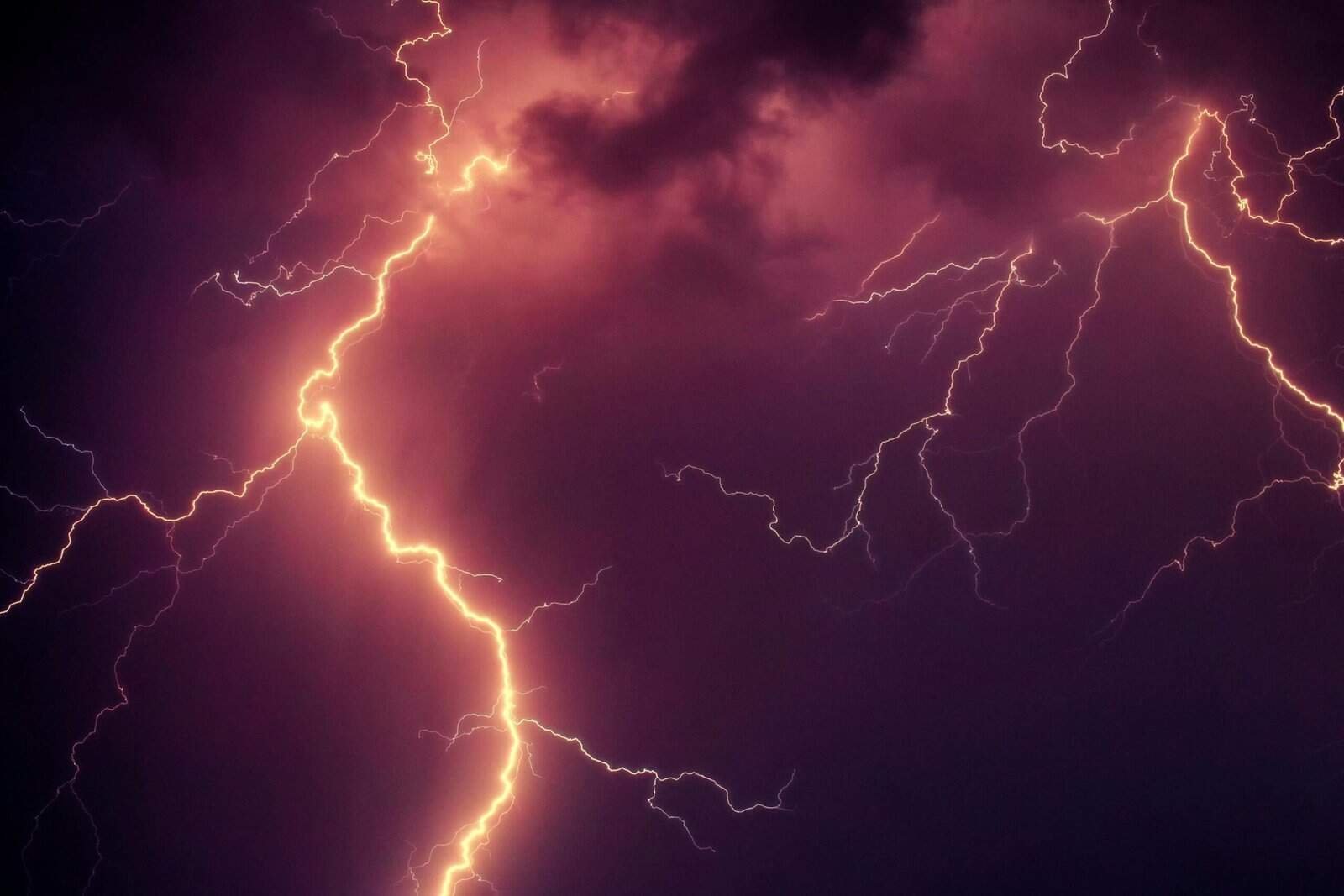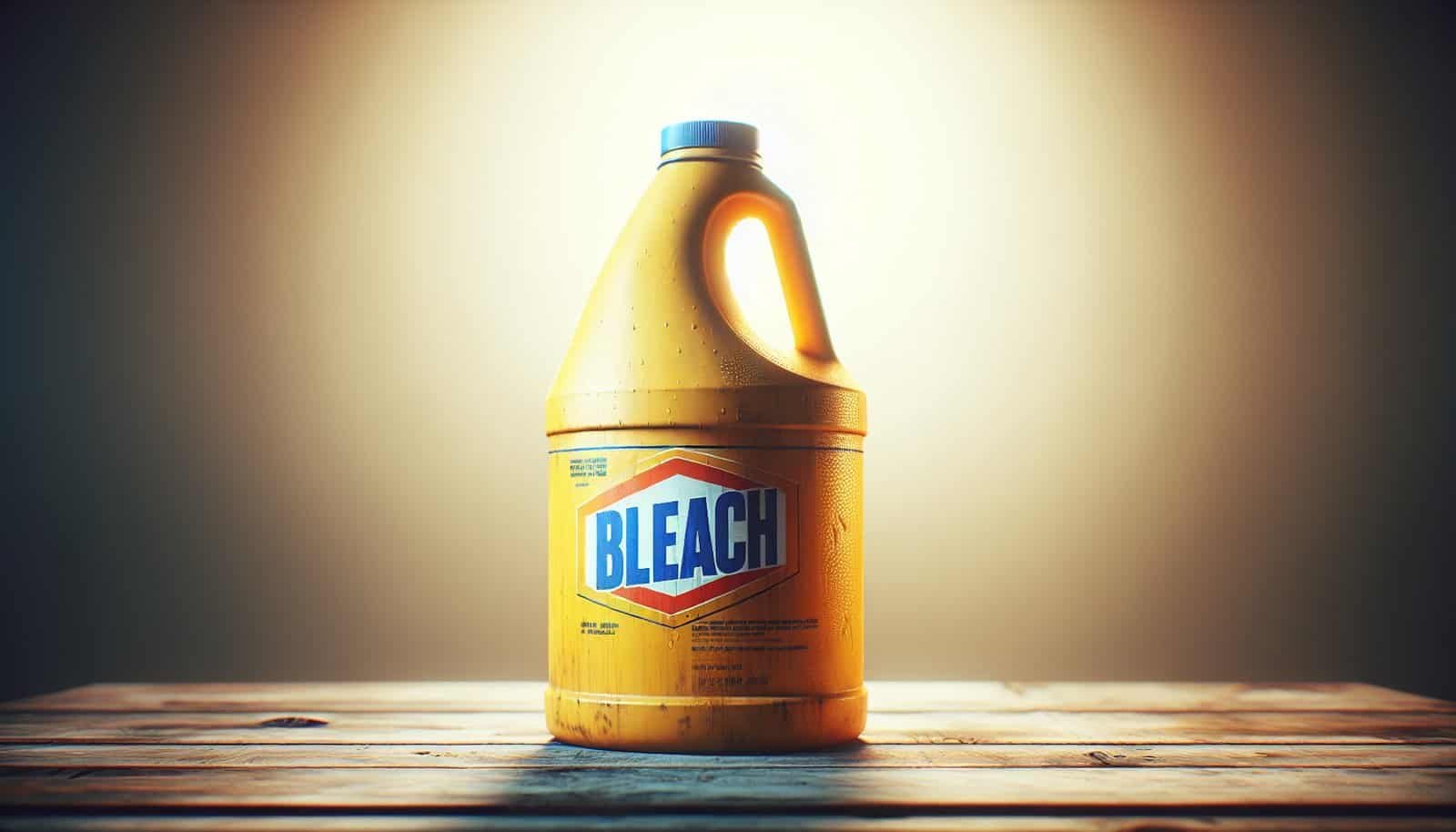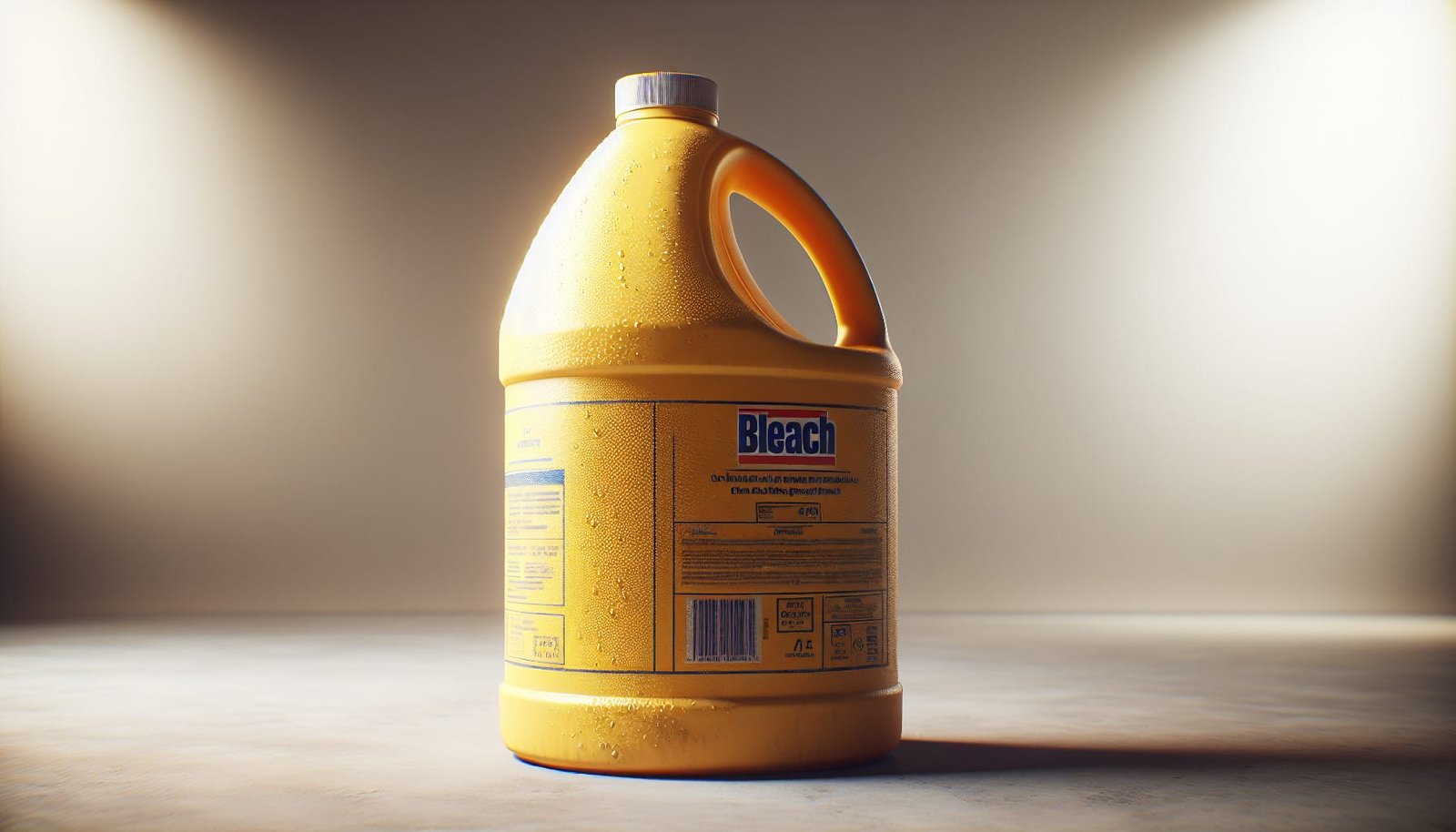? Is your well water showing unusual taste, odor, cloudiness, or have you just had work done on the well and want to make sure your water is safe?
How Do I Shock Chlorinate My Well?
You can think of shock chlorination as a deep cleaning for your well and home plumbing system. It uses a strong chlorine solution to kill bacteria, sanitize the well casing, plumbing, and storage tanks, and remove organic buildup. This guide leads you through when to use shock chlorination, how to prepare, step-by-step procedures, safety precautions, calculations for the right chlorine dose, and what to do after treatment.
What is shock chlorination and why would you do it?
Shock chlorination is applying a concentrated dose of chlorine (usually household bleach or a calcium hypochlorite product) to the well and entire water system to achieve a free chlorine residual sufficient to kill harmful microorganisms. You perform it when routine bacterial tests come back positive for total coliforms or E. coli, after repairs or pump work, after flooding, or when you notice changes in water quality. It’s an effective, low-cost first response to suspected bacterial contamination.
Before You Start: Safety and planning
You should treat shock chlorination with caution. Chlorine is a hazardous chemical that can irritate skin, eyes, and lungs, and can react dangerously with other substances. Plan ahead to reduce risks and avoid damage to plumbing and appliances.
Safety essentials
- Use gloves, goggles, and protective clothing to avoid skin and eye contact. Chlorine can bleach and burn.
- Work in a well-ventilated area. Avoid breathing fumes.
- Don’t mix chlorine with acids, ammonia, or household cleaners — that can produce toxic gases.
- Have clean water available for rinsing in case of spills or contact.
- Keep children and pets away while you’re working and until chlorine has been flushed from the system.
- If you have a water softener, carbon filter, or UV system, know how to bypass them or protect them during treatment; some equipment can be damaged by high chlorine levels.
When to call a professional
You should consider hiring a licensed well contractor or water treatment professional if:
- Your well casing is damaged or you have structural problems.
- You’re not comfortable working with chemicals or heights.
- Your system includes complex treatment equipment that you can’t safely bypass.
- Multiple chlorination attempts fail to clear contaminants.

Materials, tools, and product choices
You’ll need some basic supplies and to choose the chlorine source. Most people use household bleach (sodium hypochlorite) because it’s readily available and easy to apply. Calcium hypochlorite (pool shock) is a concentrated solid option often used for larger or deeper wells when shipping and storage make liquid bleach impractical.
Typical materials and tools
- Unscented household bleach (5–8.25% sodium hypochlorite) or calcium hypochlorite (granular/powder). See table below for typical options and precautions.
- Clean bucket(s)
- Long-handled brush (for above-ground parts)
- Funnel
- Tape measure (to note water level and depth)
- Plastic tubing or garden hose for recirculating chlorinated water (if instructed)
- Valve wrenches or pliers to open/close plumbing and faucets
- PPE: chemical-resistant gloves, safety goggles, mask (if fumes present)
- Chlorine test strips or DPD test kit (to measure free chlorine)
- Bottled water or alternative water supply temporarily, if you must avoid using chlorinated water for drinking
Chlorine products: quick comparison
| Product | Typical available strength | Pros | Cons |
|---|---|---|---|
| Household bleach (sodium hypochlorite) | 5–8.25% | Readily available, easy to measure and mix | Shorter storage life; volume can be large for deep wells |
| Calcium hypochlorite (granular or tablets) | ~65–73% available chlorine | Very concentrated, compact; long shelf life | More hazardous to handle; must be dissolved carefully; very strong oxidizer |
| Pool chlorine with stabilizer (cyanuric acid) | Varies | Avoid using — stabilizer reduces disinfection effectiveness | Can prevent adequate chlorine activity; not recommended |
Never use pool chlorine products that contain stabilizers (cyanuric acid) because they interfere with free chlorine activity.
Calculating the right chlorine dose
You need to know the volume of water in the well and piping to estimate how much chlorine to add to reach a target free chlorine concentration. Typical target is 50–200 ppm (mg/L) of free chlorine in the well water initially, but many guidance sources recommend at least 50 ppm and commonly aim for 100–200 ppm to ensure effectiveness.
Steps to calculate
- Measure or estimate the total water column in the well (feet or meters) — that’s the depth from the static water level to the top of the well casing or surface.
- Multiply the water column by the well’s cross-sectional area to get volume. Many wells use a 6-inch diameter casing; use a table below for common volumes per foot of water column.
- Convert volume to gallons or liters.
- Use the desired ppm and chlorine product strength to compute the amount of product needed.
Volume of water in common well casings (approximate)
| Casing diameter | Gallons per foot of depth |
|---|---|
| 4 inches | 0.65 gal/ft |
| 5 inches | 1.02 gal/ft |
| 6 inches | 1.59 gal/ft |
| 8 inches | 2.84 gal/ft |
| 10 inches | 4.43 gal/ft |
Example: If you have a 100-foot static water column in a 6-inch well: 100 ft × 1.59 gal/ft = 159 gallons in the well.
How much household bleach to reach target ppm
A simple approach: 1 gallon of 6% household bleach added to 1,000 gallons of water yields about 60 ppm available chlorine (approximate). Use the table below to estimate.
| Desired free chlorine (ppm) | Approx. bleach (6% NaOCl) per 100 gallons |
|---|---|
| 50 ppm | 0.083 gallons (≈10.6 fl oz) |
| 100 ppm | 0.167 gallons (≈21.3 fl oz) |
| 200 ppm | 0.333 gallons (≈42.6 fl oz) |
To scale, compute your system volume (gallons), then multiply by the required fraction.
Practical calculation formula (approximate):
- Required bleach (gallons) = (Desired ppm ÷ 60) × (Total gallons ÷ 1,000)
Note: This formula assumes 6% bleach. If your bleach is a different strength (e.g., 8.25%), adjust proportionally:
- Adjusted amount = Required amount × (6 ÷ actual %)
If using calcium hypochlorite (65% available chlorine) the amounts are much smaller and require dissolving powder into water before adding. Consult product directions carefully for safe mixing and use appropriate PPE.
Example calculation (step-by-step)
You have a 6-inch well, 120 ft of water column.
- Volume in well = 120 × 1.59 = 190.8 gallons.
- Include plumbing and storage tank volume — estimate additional 20 gallons in lines and pressure tank (if above-ground tank is present, include it). Total ≈ 211 gallons.
- Desired free chlorine = 100 ppm.
- Required bleach (6%): (100 ÷ 60) × (211 ÷ 1,000) = 1.6667 × 0.211 ≈ 0.352 gallons ≈ 45 fl oz (about 1.33 liters). Round up moderately to ensure adequate concentration and account for minor losses.

Step-by-step chlorination procedure
Follow this sequence for a typical disinfectant treatment using household bleach. Modify where necessary for drilled vs dug wells, pressure tanks, or systems with storage cisterns.
1. Prepare and isolate systems
- Turn off power to the pump at the breaker to prevent running the pump dry or damaging it.
- Close valves as needed to isolate the well and system components that should not be exposed to high chlorine (for example, bypass or isolate a softener or carbon filter).
- Remove activated carbon filters — they will adsorb chlorine and may be damaged.
- If your building has a pressure tank located above ground, consult the manufacturer: either bypass or ensure the tank interior will be exposed to disinfectant (some recommend chlorinating the tank too).
2. Calculate and mix chlorine
- Calculate required chlorine using the method above.
- If using household bleach, measure liquid directly into a clean bucket.
- If using calcium hypochlorite, dissolve the measured powder in a bucket of water — always add the chemical to water, never the reverse. Stir until fully dissolved and then carefully transfer.
3. Apply chlorine to the well
- For drilled wells with a removable cap: Pour the measured bleach solution into the well casing. Use a funnel to avoid spills. You want the solution to reach the water column.
- For dug wells with a pump or open wellhead: Pour the solution into the well water or through the top as recommended by a well professional.
- After adding chlorine, replace the well cap securely.
4. Circulate chlorinated water through the system
- Turn on the pump and open the nearest faucet slowly until you detect a strong chlorine smell. Close that faucet.
- Repeat at each faucet in the house (hot and cold) and outdoor spigots, flushing until you detect chlorine at each outlet. This steps ensures the disinfectant reaches all parts of the plumbing, water heater, and pressure tank.
- Don’t forget to run water at hose bibs, washing machine faucets, and ice makers.
- Leave faucets off once chlorine is present to avoid wasting water.
5. Allow contact time
- Maintain the chlorine in the system for at least 12–24 hours; 24 hours is commonly recommended for thorough disinfection. Some sources recommend up to 48 hours for severe contamination.
- During this time, do not drink, cook with, or water plants with chlorinated water.
6. Flush the system
- After contact time, turn on an outside tap away from landscaping and run water until the chlorine smell is gone. This can take a lot of water on large systems.
- Flush all household taps until chlorine is no longer detectable with your test strips (near zero free chlorine).
- Properly dispose of chlorinated water: discharge to a sanitary sewer if allowed, or to a paved area where run-off to landscaping and septic is avoided. Don’t discharge large volumes of highly chlorinated water onto lawns, gardens, or near streams.
7. Test water
- After flushing thoroughly, let the system sit a day and then collect samples for bacteriological testing. Most health departments recommend waiting 5–7 days after flushing before submitting a follow-up bacteria test to confirm the chlorination worked and bacteria remain absent.
- If test shows coliforms or E. coli, repeat shock chlorination and investigate potential contamination sources (wellhead issues, cracked casing, nearby septic systems, surface water intrusion).
Special considerations for types of wells and systems
Dug wells and wells with storage tanks
Dug wells and some systems with cisterns or storage tanks require extra attention because they contain larger surface area and often have more potential for contamination. Usually you must treat both the water in the well and the storage tank separately and ensure circulation through all parts.
Shallow wells and flooded wells
If your well was flooded during heavy rains or storm events, residual contamination may be more persistent. After shock chlorination, retest and inspect the wellhead for flood protection and possible structural repairs.
Wells with water treatment equipment
Bypass or protect water softeners, reverse osmosis units, carbon filters, and UV systems. Activated carbon removes chlorine rapidly and can be damaged by high concentrations. UV systems may not function properly if exposed to high chlorine concentrations in ways the manufacturer warns against.

After chlorination: testing and follow-up
You should complete follow-up testing to ensure your well is clean and safe.
Bacteriological testing
- Use a certified laboratory or local health department for testing total coliforms and E. coli.
- Wait 5–7 days after flushing for a repeat test, unless local health guidance specifies otherwise.
- If tests remain positive, repeat chlorination, inspect and repair the well, and consider continuous chlorination or other treatment until resolved.
Chemical testing and taste/odor
- Persistent chlorine taste or odor after flushing may be due to high initial dose or trapped pockets of water. Continue flushing but avoid overuse of water.
- If chlorine persists or you notice other contaminants or unusual taste/odor not resolved by chlorination, consider further testing (iron, manganese, nitrates, VOCs).
Common mistakes and troubleshooting
Common mistakes
- Underestimating the volume of water and using too little chlorine.
- Not bypassing or protecting sensitive equipment (filters, softeners).
- Flushing chlorinated water into areas where plants, animals, or septic systems could be harmed.
- Not allowing sufficient contact time.
- Using pool chlorine with stabilizers (cyanuric acid) that reduce effectiveness.
If bacteria persist
- Repeat the procedure once. If contamination returns, it may indicate structural problems (cracked casing, poor well cap, surface contamination). You may need well inspection, proper sealing, or repairs by a professional.
- Consider continuous disinfection (e.g., injection chlorinators) if contamination is persistent and repair isn’t feasible, but discuss long-term solutions with a well professional.

Environment and disposal considerations
- Avoid discharging highly chlorinated water into streams, ponds, or bodies of water, as chlorine is toxic to fish and aquatic life.
- Reach out to your local municipality about acceptable disposal routes — sometimes sewer discharge is permitted.
- Avoid letting pets or livestock drink heavily chlorinated water during flushing.
Recordkeeping and scheduling
- Keep a log of the chlorination date, amount and type of chlorine used, depth of water, calculations, contact time, and lab test results. This information helps future maintenance and troubleshooting.
- Many homeowners shock chlorinate annually or after any work on the well or plumbing, but frequency varies by risk factors. Test water regularly (annually at minimum for bacteria) and after events like floods or repairs.

Frequently asked questions (FAQ)
How often should I shock chlorinate my well?
You don’t need to chlorinate on a fixed schedule unless you have recurrent issues. Common triggers include: positive bacterial tests, repairs or new installation, flooding, or noticeable water quality changes. Annual routine testing for bacteria is a good practice; chlorinate when tests are positive or after risk events.
Will shock chlorination remove all contaminants?
No. Chlorination kills bacteria and many pathogens and can reduce some organic odors, but it doesn’t remove minerals like iron, manganese, or nitrates, nor many chemical contaminants (pesticides, VOCs). Further treatment may be required for non-biological contaminants.
Can I drink water right after shock chlorination?
No. You should not use chlorinated water for drinking, cooking, or making baby formula until you flush the system and tests show bacteria are gone. Small residual chlorine is safe at low levels, but the initial concentrations used for shock chlorination are too high for direct consumption.
What about my hot water heater?
Chlorine must reach the water heater to disinfect it. Run hot water taps until chlorine reaches the hot water lines. If your water heater has a heat exchanger or is sensitive to chlorine, consult the manufacturer or a professional.
What if I use irrigation or wells near my garden?
Avoid draining chlorinated water onto your garden or lawn until the concentration has dropped. High chlorine can damage plants and soil microbes.
When to call for professional help
If shock chlorination doesn’t solve the problem, or if you are uncomfortable performing the work, call a licensed well service professional. They can perform well inspections, pressure tests, video inspections, and permanent repairs or recommend continuous disinfection systems.
Final checklist before you begin
- Measure well depth and static water level.
- Calculate total water volume (well + plumbing + storage).
- Choose appropriate chlorine product and calculate dose.
- Prepare PPE and tools.
- Bypass or remove filters that could be damaged.
- Arrange for alternate water supply during treatment.
- Plan for proper discharge of chlorinated water.
- Schedule follow-up bacteria testing with a lab or health department.
You now have a comprehensive plan to shock chlorinate your well safely and effectively. If you follow the calculations, safety precautions, and aftercare steps outlined here, you’ll maximize your chances of restoring safe water and avoiding common mistakes. If anything seems uncertain, contacting your local health department or a licensed well contractor is a sensible next step.
